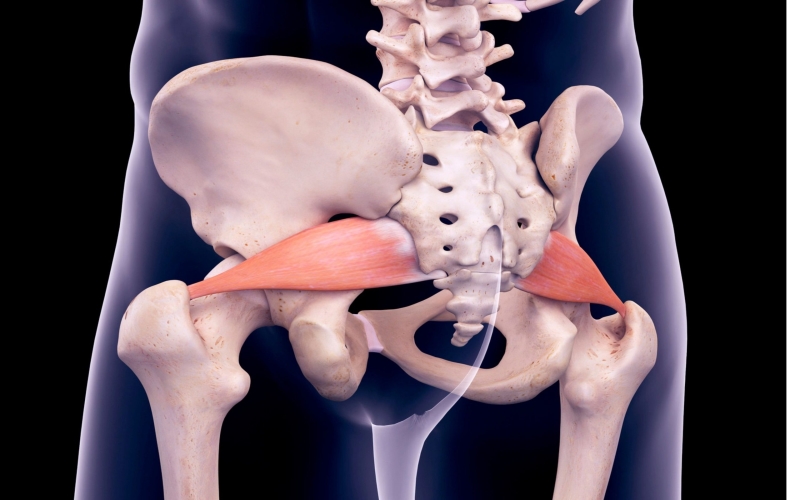Your lower body has a muscle that extends to each side of the body to help in every movement around that part of the body. The muscle responsible for this aid in movement is known as the piriformis muscle. However, when the muscle presses on your sciatic nerve, it causes Newtown piriformis syndrome, which may result in inflammation, pain, and aching. You should know that you can prevent possible piriformis syndrome and care for yourself when you have the condition to prevent worsening. Read the following discussion to get a basic understanding of the condition.
What Causes The Condition?
You can develop piriformis syndrome when anything presses on your sciatic nerve and causes piriformis syndrome. Common forms of the condition include swelling of the piriformis and tissues around it, muscle spasms, and scarring. Bio Complete 3 You can develop the causes of the syndrome when you walk or run without strong piriformis muscles, injure your leg, hip, or butt, improperly lift things, and over-exercise. Sometimes, abnormal anatomy may cause piriformis syndrome.
What Will Be Your Symptoms?
You may mostly develop symptoms in your butt, hip, or leg and experience aching, numbness, pain, tingling, and burning sensations. Your symptoms may worsen with sitting for long periods, walking, running, and climbing stairs.
Can You Prevent Piriformis Syndrome?
You can reduce the recurrence of symptoms by maintaining regular exercise to keep your muscles healthy and always warming up before physical activity. Stretch after you finish your regular exercise. Focus on good posture when standing, sitting, and driving and if you must sit for a long time, take breaks and stretch your legs. Lastly, lift things properly while ensuring your back remains straight and keep objects close to your body to avoid twisting when lifting.
How Can You Take Care of Yourself If You Have Piriformis Syndrome?
Your doctor will recommend adjustments you can make to help you manage your symptoms. First, you may need to avoid activities that trigger the condition. Secondly, take your medications as prescribed to lower swelling and give your relief. You can use cold packs and heat several times a day to help lower swelling. Heat, on the other hand, will loosen tight muscles. Next, stretch your piriformis and surrounding muscles and massage deeply into your hip and buttocks tissue. You can also stand from your chair and stretch your legs regularly, especially if you have to sit at work for long hours.
Are There Treatments for Piriformis Syndrome?
Your doctor may recommend resting for a few days to reduce swelling and improve your symptoms. You may also get tips on home exercises to stretch and strengthen your piriformis. Medications are also available, including NSAIDs and those that relax muscles. Your doctor may also recommend physical therapy that stretches your piriformis and massage as complementary medicine. Surgery may become an option if all other treatment options fail to relieve your symptoms.
Piriformis syndrome develops when your piriformis muscle presses on your sciatic nerve, causing aches, pain, burning sensation, numbness, and tingling. The symptoms also worsen with activities like sitting for long, walking, running, and climbing stairs. You will likely resolve the condition quickly with treatment, but it may come back, especially if you do not follow instructions after treatment. However, most symptoms can go away with rest and medications. But talk to your doctor if the symptoms go beyond a few weeks.

